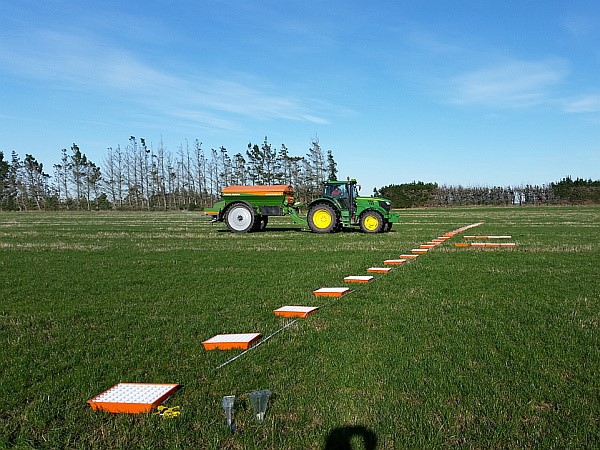Fertiliser Good Management Practices
Fertiliser GMP 1: Manage the amount and timing of fertiliser inputs, taking into account of all sources of nutrients, to match plant requirements and minimise risk of losses.
To meet this GMP, you must:
- Use good information to plan your fertiliser requirements, such as soil testing, nutrient budgets and using tools like the wheat calculator or a feed wedge
- Apply the right amount of fertiliser when it is required to achieve maximum plant update
Things you can do:
- Make sure the macronutrients content in your soils are optimal for plant growth through soil or leaf testing
- Ensure your crop rotation maximises the use of nutrients already in the soil
- Apply fertiliser when the weather, soil temperatures and moisture content are suitable – check before fertiliser application
- Keep records of how much fertiliser you apply – product, rate, date and location
- Use less nitrogen fertilisers where another source of nitrogen is used, like liquid effluent or manure-based composts
- Consider using precision fertiliser technology to minimise fertiliser use in ineffective areas.
Fertiliser GMP 2: Ensure equipment for spreading fertiliser is well maintained and calibrated.
Things you can do:
- Use a Spreadmark accredited contractor
- If you use your own spreader, check the calibration using a bucket test regularly
- Ensure spreaders are well maintained
- You can check for paddock strips after spreading.

Bucket test calibration of spreader.
Fertiliser GMP 3: Monitor soil phosphorus levels and maintain them at or below the agronomic optimum for the farm system.
To meet this GMP, you must:
- Know your soil phosphorus levels (Olsen P)
- Make sure your soil phosphorus is staying at or below the farms optimum level
Things you can do:
- Regularly test for Olsen P levels in your soils to monitor trends
- Make sure your Olsen P levels are optimal for your soil type and land use
- Tailor fertiliser applications for different management blocks, for example paddocks/blocks that have effluent applied will have differing fertiliser requirements than paddocks/blocks that don’t have effluent applied
Fertiliser GMP 4: Store and load fertiliser to minimise risk of spillage, leaching and loss into water bodies
Things you can do:
- Make sure fertiliser is stored well away from any waterways (this includes Stockwater races)
- Store fertiliser under cover and/or on non-permeable surfaces
- Make sure any run-off of residues is captured and spread evenly over the soil


